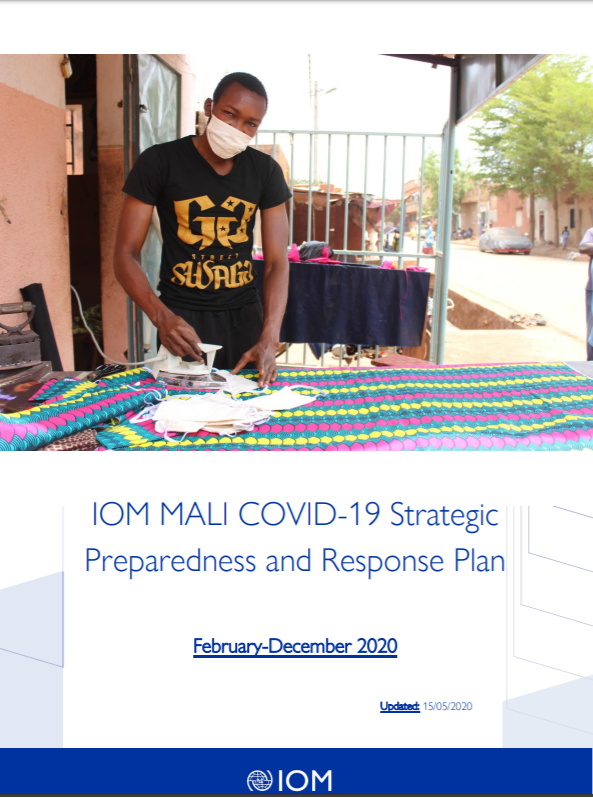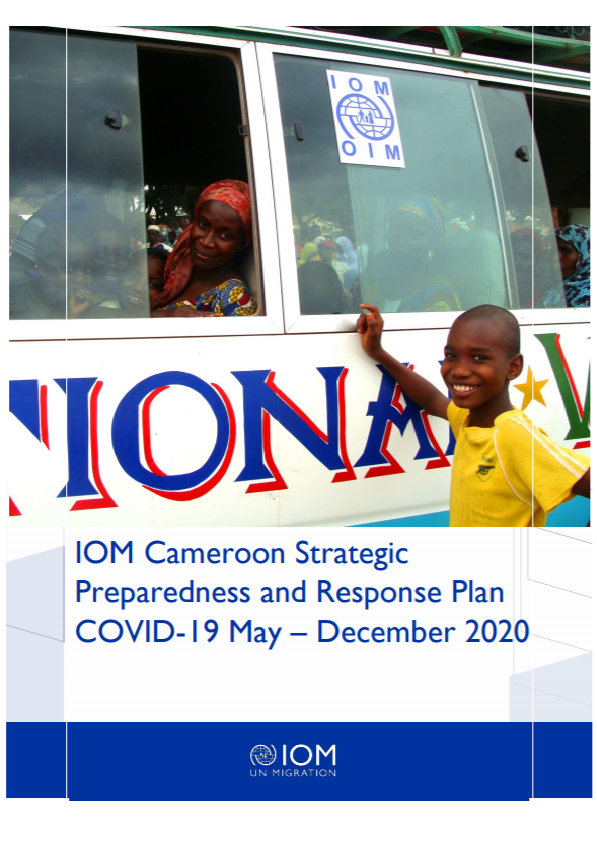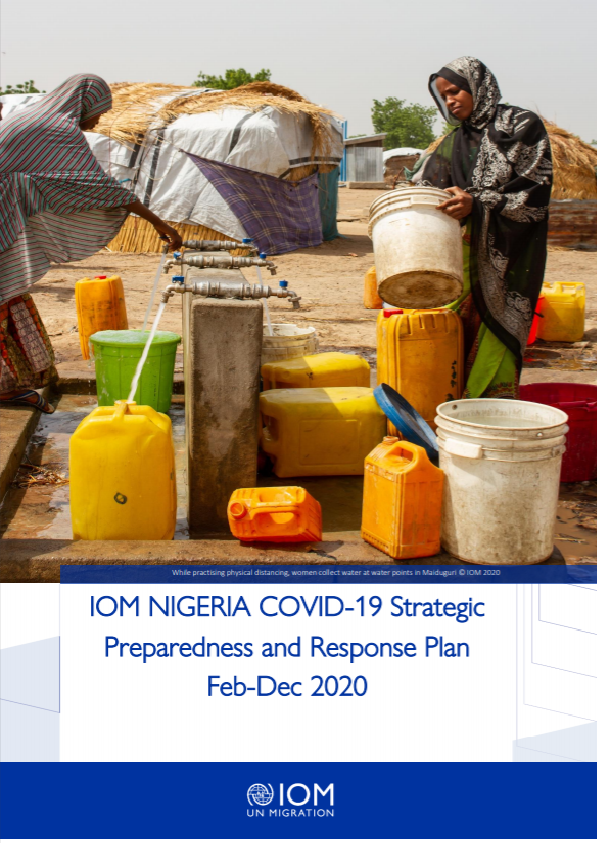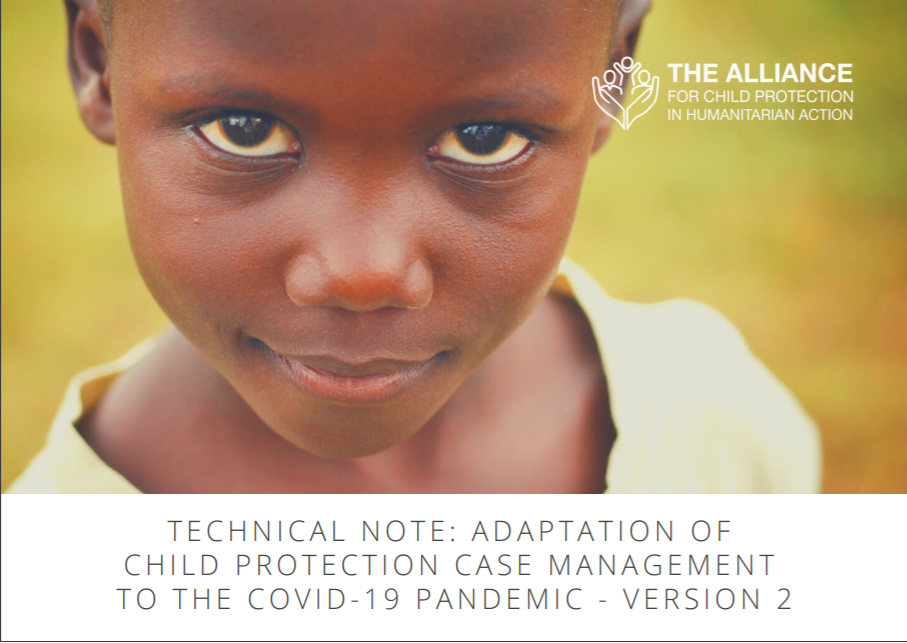Covid-19 Analytical Snapshot #17: Impacts on Migrant Children and Youth

The "COVID-19 Analytical Snapshot #17: Impacts on migrant children and youth" is designed to capture the latest information and analysis on impacts on migrant children and youth in a fast-moving environment.
In this snapshot:
Migrant children and youth
The impact of the COVID-19 pandemic on education
Increased risk of sexual exploitation
Risks of labour exploitation
Unaccompanied and separated migrant children
Country
Worldwide
Region
Worldwide
Year
2020
Category







